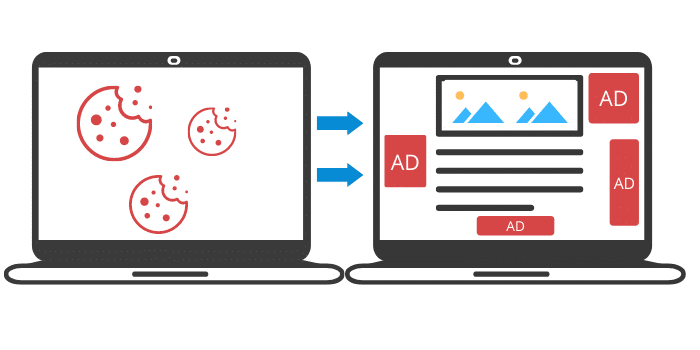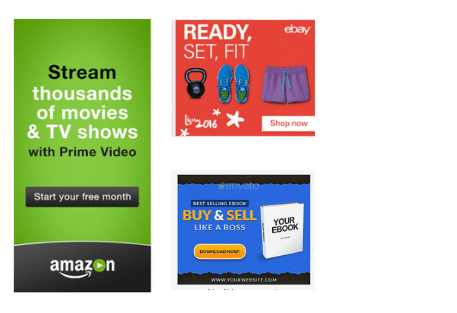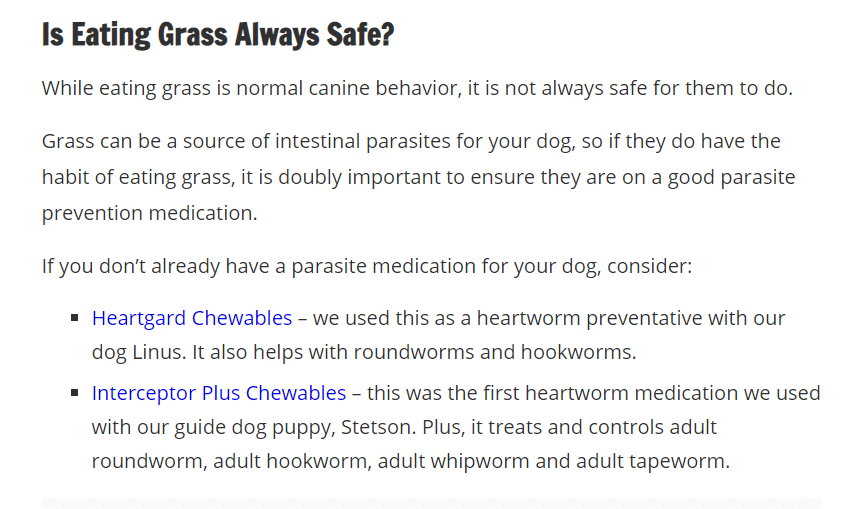Content is the primary way to generate income through affiliate marketing, and of course, blogs are all about content. For many bloggers, sales of affiliate products and services are the sole income source from their blog.
Why do so many bloggers choose affiliate marketing?
Because there are endless opportunities, it doesn’t require any direct selling, and the customer service is taken care of by the vendor of the product or service.
Which means,
bloggers who focus on the affiliate model are free to spend their time on the crucial tasks of content creation and building an audience.
Sounds good, but there’s a catch.
Because you don’t need to have your own products or services and don’t have the hassle of processing payments, customer service, or any of that stuff, affiliate marketing is seen as an easy or easier way to generate revenue.
And in many ways, it is, but the biggest mistake made by most new bloggers is focusing on what they can gain from it instead of focusing on the potential benefits to their audience.
It's natural to think about yourself and how you can benefit. After all, the reason most people start a business of any kind is to make money, whether it's a blog, an e-comm store, an offline business, anything at all. There may be other reasons as well, but making money is usually the number one reason.
BUT
The only way to ever be successful with affiliate marketing is by putting your audience first and focusing on how they can benefit.
The five golden rules:
- 1Relevance: Products or services should be highly relevant to your blog readers/audience
- 2Quality: Products or services should be high quality and represent value for money
- 3Benefit: Products or services should provide a real benefit to your blog readers/audience
- 4Content: Any written content on your blog that contains an affiliate link should be the best you can make it.
- 5Don't Sell: Your job is not to sell. Your job is to provide information in the form of blog posts and/or other content.
Let's take a look at each of these rules in more detail, starting with Relevance:
The Importance of Relevancy in Affiliate Marketing
It’s a mistake to assume that if an audience is interested in ‘x,’ they will also be interested in ‘y’.
Organizations like Google and Facebook work hard to show people only the ads that are relevant to them because they know that by doing so, people are much more likely to:
a) Stick around.
b) Take action such as clicking on an ad and perhaps making a purchase.
These organizations use data from user’s browser cookies to determine which ads to show. That’s why you often see ads for products or services that you’ve previously been looking at on another website.

If you implement the Google Adsense ad publishing program on your blog, Google uses that same data (from browser cookies) to show the right ads to the right people.
The principle is the same with affiliate marketing, except that you are not basing things on the visitor's browsing history. You are basing things on the fact that if a person visits your blog about Hatha yoga (hypothetical example), they are interested in Hatha yoga. And in fact, because of this, you can do an even better job at relevancy than Google or Facebook!
An example of relevancy vs irrelevancy
Using the example of Hatha yoga.
Highly relevant:
Irrelevant (or not highly relevant):
Quality: Only the Best is Good Enough
An easy way to decide whether an affiliate product or service is good enough to recommend to your readers is to ask yourself one question:
'Would I recommend this thing even if I was not getting compensated?'
If the answer is 'no' or 'not sure,' it's not good enough. Simple as that!
But what if you don’t know because you have never used/purchased the product or service you want to recommend?
Ideally, you would only recommend what you use yourself, but this may not always be possible.
If you want to promote something that you don’t have any personal experience of, do as much research as possible by studying all the information provided on the website, checking the FAQ section (if there is one), and checking the refund and returns policy.
Also, look at competing products/services to compare prices, features, etc.
And, look for sources of public reviews such as:
Google reviews
Trust Pilot
How Will Your Audience Benefit?
We’ve looked at relevancy and quality, but what about the benefit to your readers?
Having your reader’s best interests at heart is one of the keys to long-term success as an affiliate.
[ I’ve been participating in affiliate marketing for over twenty years. During that time, I’ve only promoted around 30 different products or services, but all of them were carefully chosen to provide maximum benefit for my audience. None were selected because of the commission rate, affiliate perks, or anything else that did not directly benefit the audience.]
How do you ensure that the product or service you want to promote is going to truly benefit your audience?
It goes back to the earlier question:

And, ask yourself these additional questions:
Focus on Content
Content is the most crucial element of the whole thing.
If you think about it, why do people visit a blog? To read (usually)!
Readers visit your blog to be informed or entertained, discover something new, solve a problem, or satisfy curiosity. They do not come to look at advertisements. Banner ads can work, but they typically work much better when combined with good content.
If you're not sure what a banner ad is, it's an ad in image format. Most websites use banners to some degree.

Although banners can play a part in a successful affiliate marketing strategy, links within the content are usually more effective. But not just any old content. It has to be content that your audience wants to read, and the links should be directly related to the content.
Guidelines for content that contains affiliate links:
*A comparison post is where you compare more than one similar product/service in the same post
How to Use Anchor Text
Anchor text is the clickable text that redirects to another page. It could be a page on the same website or a page on another website. Anchor text usually appears in blue.
In the example below, the anchor text in blue redirects to another page on this website:

Novice bloggers will sometimes make the mistake of displaying the URL as it is. If I was to display the URL instead of using anchor text, this is what it would look like:
Anchor text is an SEO and user-friendly, and more subtle way of adding links, and this is especially true of affiliate links because these links can be pretty long and ugly looking!
You can also use anchor text in a more direct (less subtle) way, as in the example below from labradortraininghq.com. This is a screenshot from an in-depth post about why dogs eat grass.

Tell Don't Sell!
As a blogger, your job is to engage readers with your content. Any income generated through affiliate sales is a by-product of the content you create.
What does that mean?
It means that your content is there to inform/educate/entertain, or whatever its purpose, but it is not there as an 'advertisement.' If your content reads like an ad, it won't be effective.
So, don't sell. Instead provide information. Enough to tell the reader why they might want or need a particular product or service. Enough to tell them what the product or service is about and how it can benefit them. Enough for them to understand the difference having it makes versus not having it.
The rest is down to the page the reader lands on after clicking the link in your content.
Conclusion
People make buying decisions based on several factors. It's not only about what you do. Other factors are involved, such as whether it's the right time for them and affordable for them.
You can't control these things, but you can control the products and services you choose to recommend, and you can control the content you create.
By always putting your readers first and understanding that affiliate sales are a by-product of valuable content, you can work toward a healthy income as an affiliate marketer.



